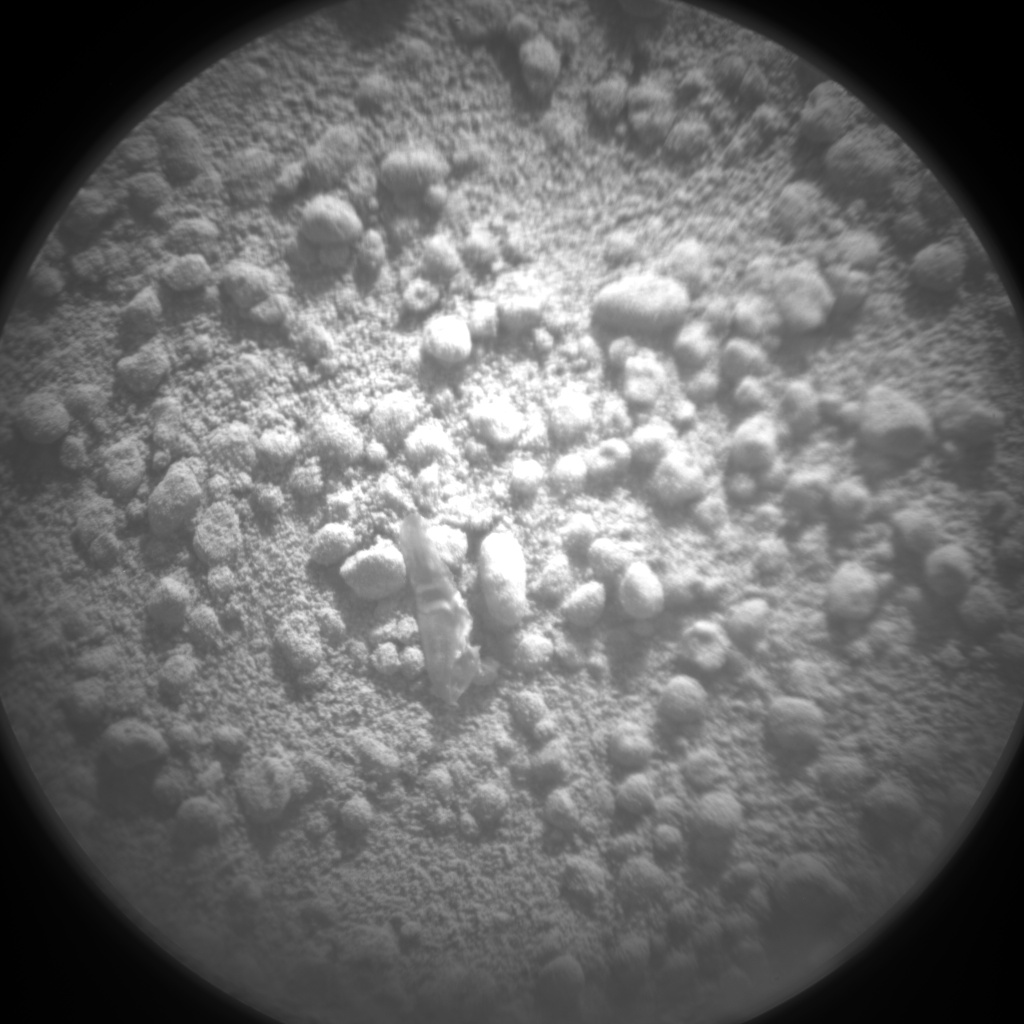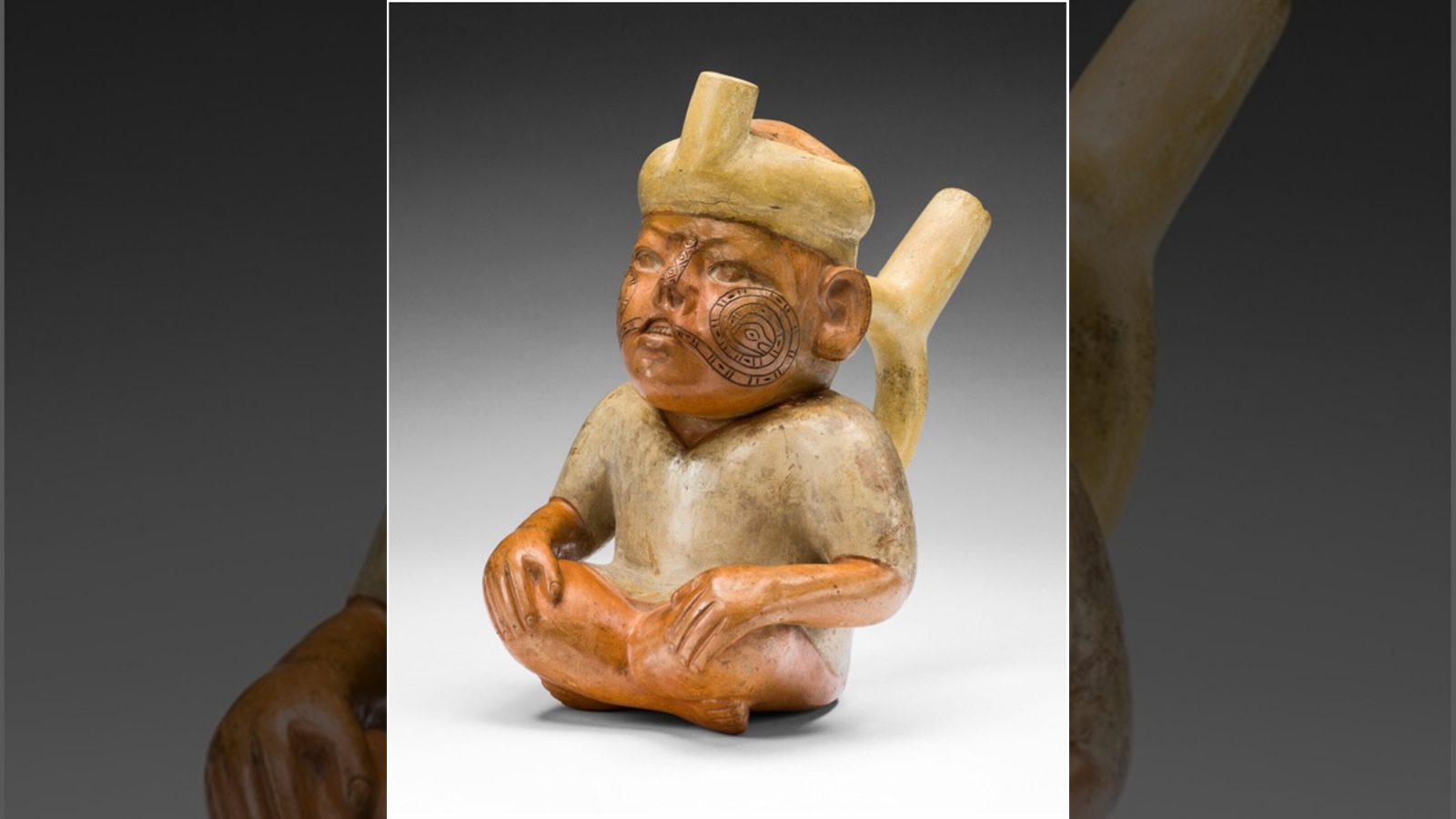Curiosity Rover Resumes Eyeing 1st Scoop of Mars Dirt

NASA's Mars rover Curiosity will resume working with its first scoop of Red Planet dirt today (Oct. 10) after taking a few days off to study an odd scrap of detritus on the ground, NASA officials said.
Curiosity scooped up the sandy soil on Sunday (Oct. 7) to test out — and clean out — the sampling system at the end of its 7-foot (2.1 meters) robotic arm. But work with the soil was put on hold after mission scientists noticed a strange bright object lying near the scoop location.
The 1-ton rover took some close-up shots of the mysterious shard on Monday (Oct. 8), allowing the team to determine that it's likely some type of plastic wrapping material, such as the sort that might go around a wire.
The plastic may have fallen onto Curiosity from the rover's sky crane descent stage, which lowered the huge robot onto the Martian surface on the night of Aug. 5, researchers said.
Curiosity's sampling system is designed to deliver bits of soil and pulverized rock into two instruments on the rover's body known as SAM (Sample Analysis at Mars) and CheMin (Chemistry & Mineralogy). SAM and CheMin are two of the main tools Curiosity will use to determine if Mars could ever have supported microbial life.
Sunday's scoop won't make it into these instruments, however, and neither will the next scoop Curiosity snags. The first two samples will be vibrated vigorously inside the sampling system and then discarded, to ensure that the system is scrubbed clean of all Earth-originating residues, researchers have said.
After finishing its activities with the first scoop, Curiosity may take some more time to investigate the plastic material before grabbing scoop number two, NASA officials said.
Get the world’s most fascinating discoveries delivered straight to your inbox.
The $2.5 billion Mars rover Curiosity landed inside the Red Planet's huge Gale Crater on Aug. 5 and is expected to spend the next two years or more roving about its Martian environs. The six-wheeled robot currently sits at a spot called "Rocknest" about 1,300 feet (400 meters) from its landing site as the crow flies.
This story was provided by SPACE.com, a sister site to LiveScience. Follow SPACE.com on Twitter @Spacedotcom. We're also on Facebook & Google+.





